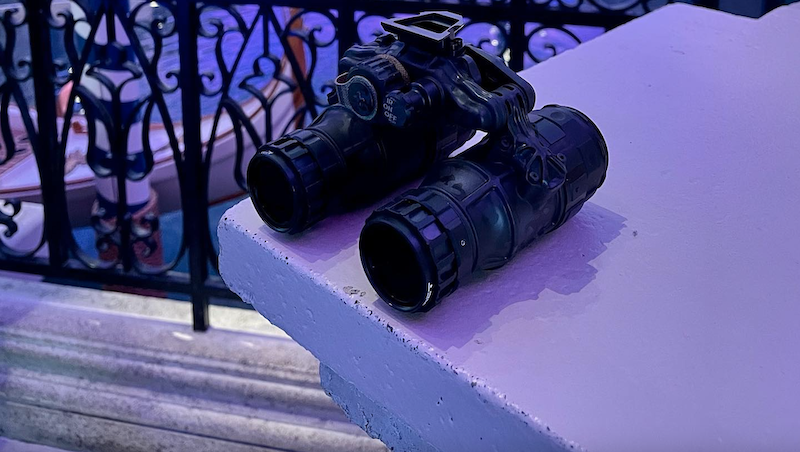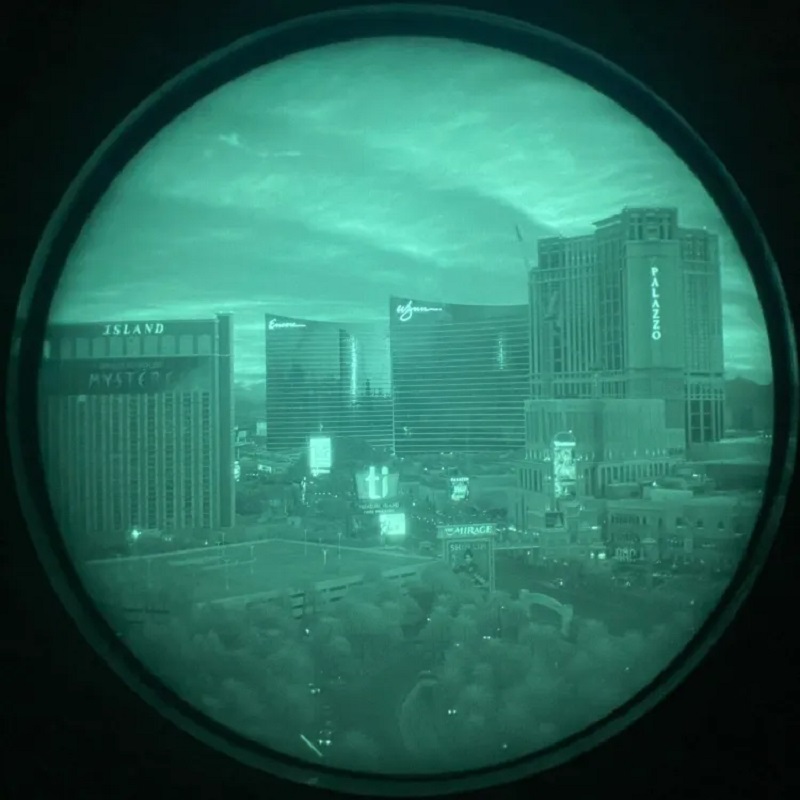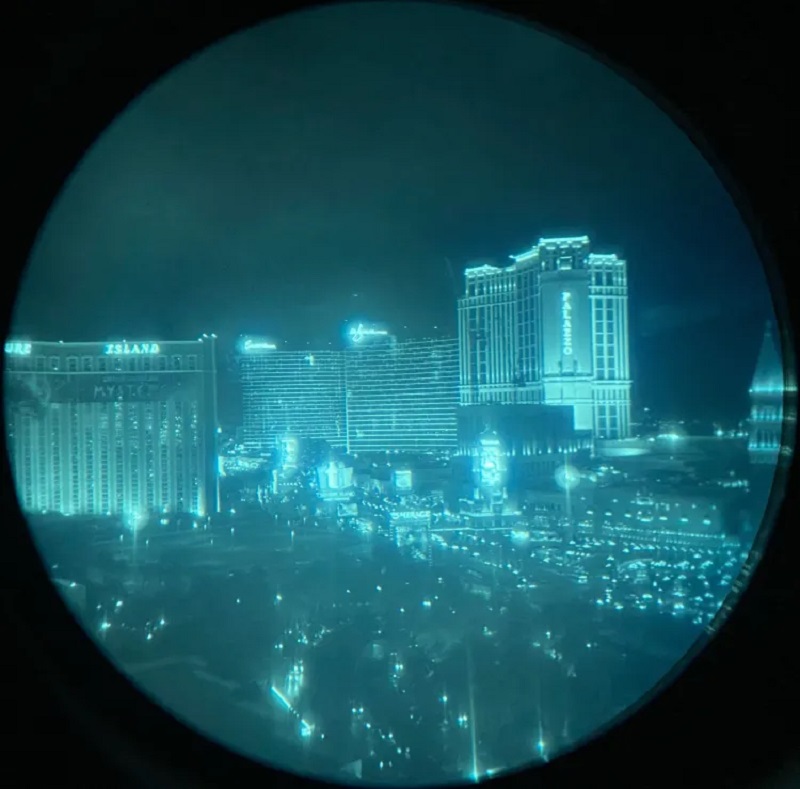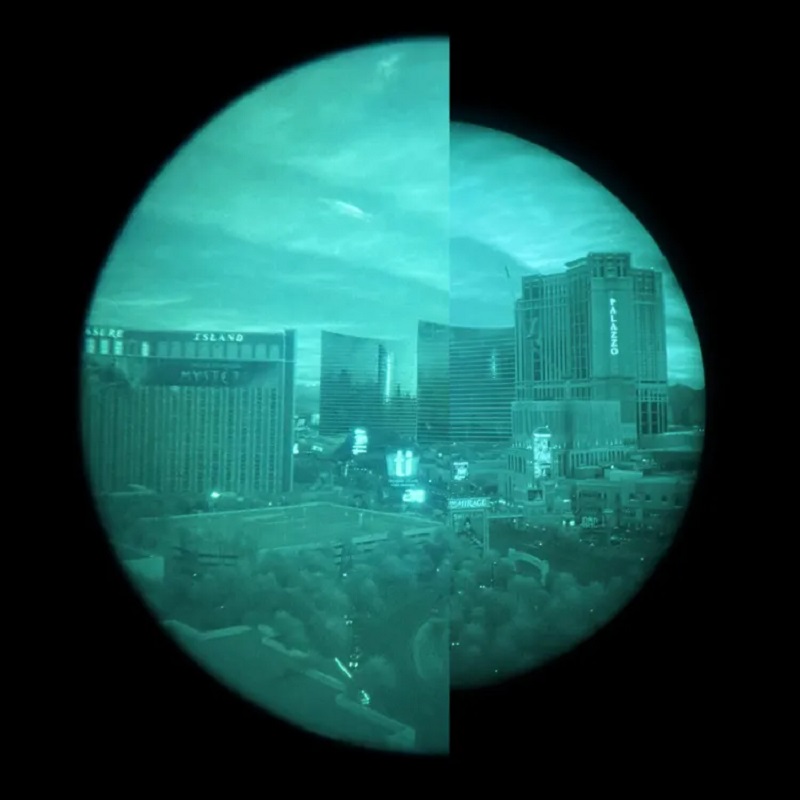Get the weekly SPARTANAT newsletter.
Your bonus: the free E-Book from SPARTANAT.

BASICS: What does a night vision device with WFOV bring?
The article discusses the significance of Wide Field of View (WFOV) in night vision devices, highlighting varying FOV optics and their impact on system performance. While exceeding 50° FOV may affect resolution and long-distance observation, WFOV lenses offer improved situational awareness with a wider field of vision.
ACTinBlack explains it to us. First of all, WFOV stands for "Wide Field of View" and has been a topic in the field of night vision devices for some time now. Manufacturers offer 47.5°, 50°, 51°, 60°, and even 80° FOV optics for different systems. The degree of distortion, fisheye effect, and resolution loss compared to normal 40° FOV lenses varies with the different optics.

If you go beyond 50° FOV, you will unfortunately reach the limits of the current tubes, especially the 18mm photocathode diameter. Physics has its limits, and you simply cannot squeeze an infinite number of photons that a photocathode can focus through. So, if you go beyond 50° FOV, it will affect the performance of the overall system.

Will you notice this? Probably not, but if the system's resolution drops, observation at long distances becomes a problem. As the aperture decreases, poor light conditions become a problem. When distortions or other unwanted optical effects degrade image quality, viewing through the optic becomes distracting.

So, what are the advantages of WFOV lenses? In the image you see a section of 50° compared to 40°. The objects in the image are the same size, but you see almost 40% more of the surroundings with the 50° optics.
In practice, this means that the user has to move their head much less during scanning, and situational awareness noticeably improves.
ACTinBlack online: www.actinblack.com
SPARTANAT is the online magazine for Military News, Tactical Life, Gear & Reviews.
Send us your news: [email protected]
Ad
similar
Get the weekly SPARTANAT newsletter.
Your bonus: the free E-Book from SPARTANAT.


